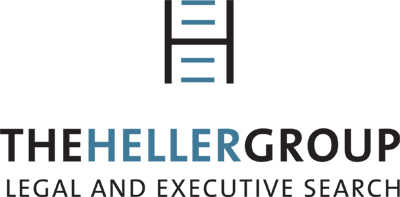The dreaded cover letter, such a short piece of personal narrative can cause mental distress, psychological havoc, and sleepless nights, for even the more experienced job candidate. It can be uncomfortable and unfamiliar to wax and wane eloquently about oneself. Unlike resume writing, which consists of bullet point half-sentences, active words, and succinct descriptions; cover letter writing requires a finer literary hand. It is an exemplar of persuasive prose, rather than scientific or descriptive writing. Fear not, one not need be a Pulitzer Prize Winner to produce a winning and credible cover letter. In this blog post, we will explore the basics of cover letter writing.
This is Not a Cover Letter
There seems to be a lot of confusion about what a cover letter actually is and what it ought to consist of. It is important to first understand that:
- a cover letter is not a place for you to tell the story of how you ended up unemployed and applying for this job;
- a cover letter is not an unedited collection of the descriptions in your resume;
- a cover letter is not a poetic monologue about your philosophy of the industry and your place in the world; and lastly,
- a cover letter is not a waste of time.
What is a Cover Letter?
A cover letter is a document submitted with your resume. Ideally, it should canvas the highlights of your resume in a nuanced and contextual manner, buttressed by fact-specific and personal experiences.
Nuance is important to ensure flow and good readability in your letter. Rather than mimicking the bullet point format of your resume, be sure to use transition sentences, or sub-clauses to introduce each resume highlight. Create a natural progression to your letter, by ordering ideas by chronology, level of importance, longevity, or geographic location.
Each resume highlight must be contextualized; the context is the specific job position for which you are applying. Context can be garnered from the job description itself, the company’s website, and descriptions of its products or services. Link your resume highlight to something your potential employer does or needs. This will create the powerful perception that you will be a useful and productive addition to the team.
Lastly, all of the foregoing will mean very little without examples of fact-specific and personal experiences. Your resume and cover letter go hand in hand, one says what the other cannot. While the resume lists the technical information such as the dates, locations, term of employment, and position title; the cover letter fills in the gaps through the use of concrete examples that demonstrate the value added that you brought to the black and white formalities. These fact specific and personal experiences are the substance of your cover letter. They should reference your contextualized strengths in a demonstrative and explanatory way.

